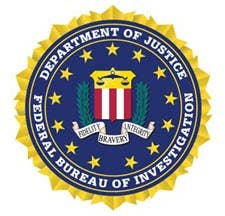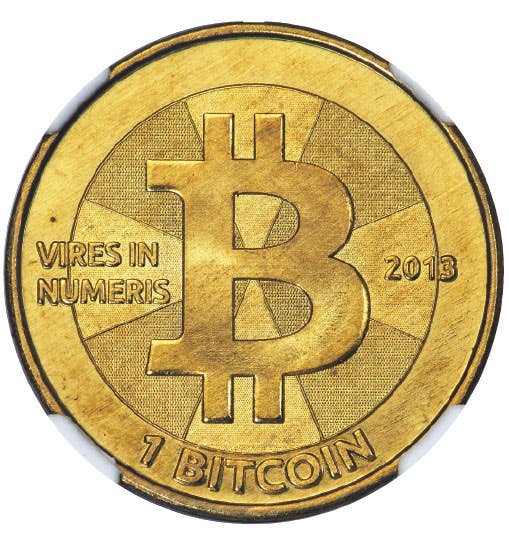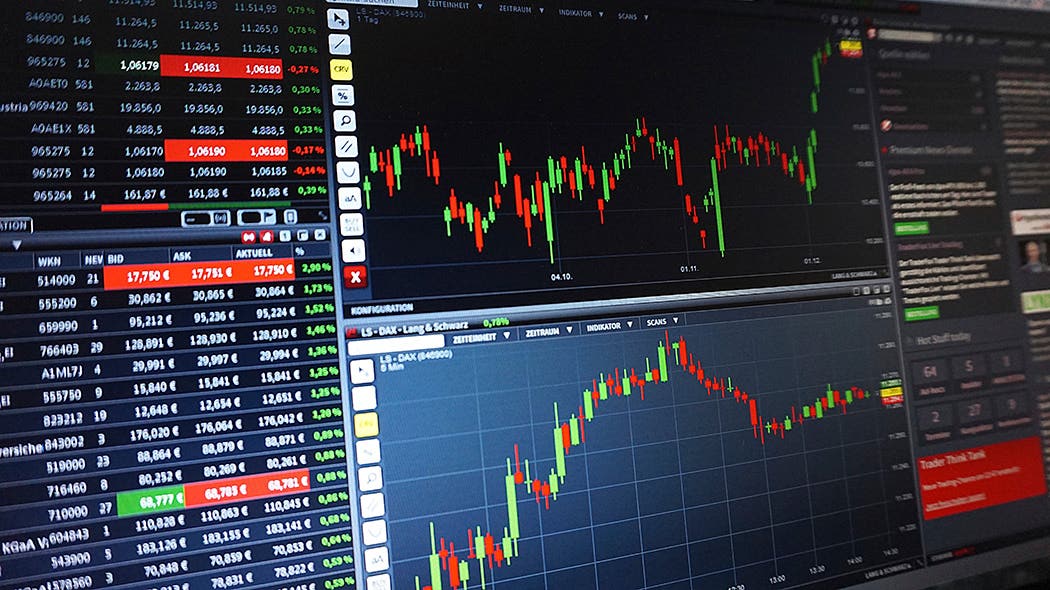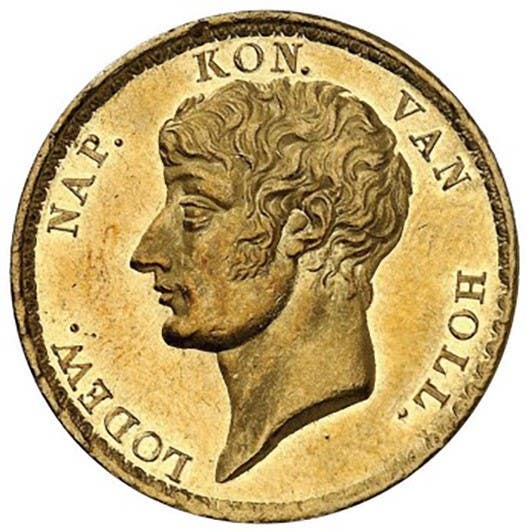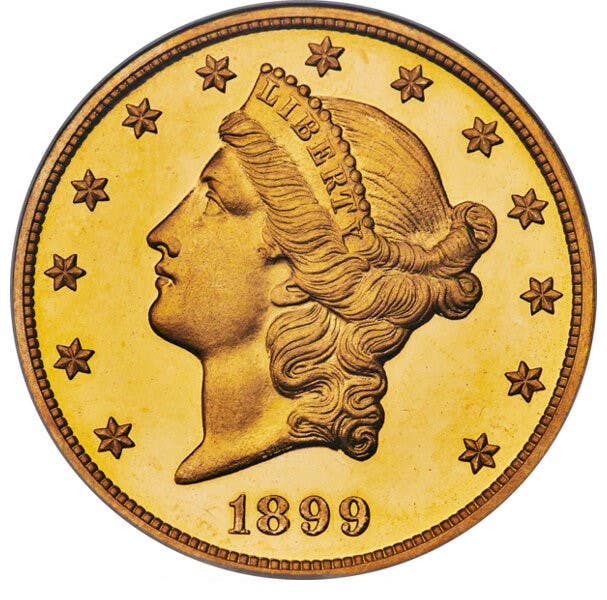Some coins might have gotten away
Every collector has a story about the choice coin that got away. Maybe the collector couldn’t afford the coin at the time, or he didn’t recognize its value and rarity,…
Every collector has a story about the choice coin that got away. Maybe the collector couldn’t afford the coin at the time, or he didn’t recognize its value and rarity, or she figured she could buy the coin at a later date but never saw it again.
But who can tell how many valuable and interesting coins were spent, or overlooked in a junk box, or were passed in circulation?
Many collectors begin at a young age, 10 or so, and begin checking their change for wanted pieces. Collectors of a certain age remember when silver coins circulated, along with Buffalo nickels, Mercury dimes, and plenty of Wheat-back Lincoln cents. The coins everyone searched for included 1916-D Mercury dimes, 1909-S VDB Lincoln cents, 1937-D three-legged Buffalo nickels, and many others. It was always possible to make finds, and finds did happen.
Back in the early 1960s, before silver was removed from coinage, I heard stories of collectors forming sets of Mercury dimes from circulation, complete sets with the 1916-D and the 1921 issues. No doubt these dimes showed their wear and were not in super Mint State condition, but the coins did the job they were created to do. And it’s always fun to complete a set of coins, but it’s very satisfying to find these coins in change instead of going to the local coins shop and buying what you need to fill the holes. Besides, completing a set from change is a lot cheaper!
Perhaps a new collector let a few choice coins get back into circulation, before he was aware of their value. Who knows how many scarce Lincolns and Washington quarters I might have spent in my younger days.
The famous New York Subway Hoard bought by Littleton in 1996 contained an amazing amount of old and scarce coins found in everyday change from the 1940s to 1960s. Never mind a complete set of Mercury dimes from change …this hoard included 45 complete sets of Barber dimes, except for the rare 1894-S. Twenty-four complete sets of Barber half dollars were also found. Those were the days when half dollars really did circulate. Other scarce coins included 241 1916-D Mercury dimes, 166 1942/41 overdate Mercury dimes, 19 1916 Standing Liberty quarters, and a remarkable 160 specimens of the 1912-S Liberty nickel.
During the time when silver freely circulated, a number of Standing Liberty quarters could be found regularly. Standing Liberty quarters were minted from 1916-1930, a short series. But the odds were good that the dates would be worn off. This coin, one of the most beautiful United States coins, did not wear well. Dates wore off rapidly, making it necessary to try remedial measures. The Mint recessed the date area from 1925-1930. Quarters of these years even have different grading standards. It was frustrating to a collector to find a Standing Liberty quarter in change that showed good detail on Liberty’s figure, the shield, and the flying eagle on the reverse, but be dateless. Some would even show mintmarks, a “D” or an “S.” Perhaps some of those dateless quarters was a 1923-S, or a 1921. How many scarce coins were lost, due to the wear factor?
The first year of the Standing Liberty design is a scarce coin, one of the rarest coins of the 20th century. The Type I design, showing a topless Liberty, was minted in 1916 and 1917. Perhaps a well-worn Type I quarter could turn up in change, but without a date. There are subtle differences on the obverse to determine whether a quarter is 1916 or 1917, but still, with no date, how desirable could this coin be? Maybe one collector would want such a coin as a space filler, but another would call the coin worthless because it didn’t have a date.
I once found a 1917 Type I Standing Liberty quarter in change. Part of the second 1 and the 7 were visible on the date.
Another coin notorious for missing dates is the Buffalo nickel. Minted from 1913-1938, dateless Buffalo nickels were found in change with some regularity in the 1960s. Date restorers were available, for silver and nickel coins. Some collectors shunned these products, while others used date restorers and compiled sets of “acid date” coins.
I tried date restorers for both Standing Liberty quarters and Buffalo nickels. The silver product did not work. I used it on a few of my dateless quarters, with no results. I had more success with the nickel restorer.
The best nickel I found was a 1914-D. I did have a dateless Buffalo of the Type I design, showing the buffalo on a raised mound, a design used only in 1913 – so I didn’t have to use date restorer on that coin. I have heard of a 1918/7-D overdate turning up after an application of date restorer. Incidentally, the New York Subway Hoard had 29 of these overdate nickels. Perhaps many other overdates, 1916 doubled dies, or other scarce Buffalo nickels were lost due to the wear factor.
When silver prices rose in 1979-1980, many old silver coins were melted. Undoubtedly a number of scarce coins, not checked for dates, were sent to the melting pot. Who knows how many silver coins survived the silver melt? Maybe some research could find that certain Washington quarters, Mercury dimes, or Walking Liberty half dollars are much scarcer than previously thought.
However, nearly 40 years later, no silver coin has ever been discovered to be rarer because of the great 1979-1980 melting spree.
Junk boxes have been part of coin dealers’ inventories for many years. Coins that are excessively worn, scratched, or otherwise mishandled can be found in these boxes. Treasures can be found, too. Rare varieties of large cents, including a famous 1794 starred reverse cent, turn up in these boxes every so often.
Dealers might not have the time to check every single coin in their stock, leaving scarce varieties for the cherry-picker to find. Shield nickel specialists know there are loads of repunched dates, overdates, and other varieties in the series. A Shield nickel collector looking through a few junk boxes might be able to put together a good collection of these coins.
Most people are not aware of the existence of overdates or doubled dies. Non-collectors who look for silver coins or Wheat-back cents in change might overlook a 1972 doubled-die cent. When this coin was discovered, I was working in a record store, and immediately checked every cent in the cash register. No, I didn’t find any.
There might still be a few 1972 doubled dies, or 1969-S doubled dies, or even 1955 doubled dies, to be found in circulation. When the 1955 doubled-die cents were released, quite a few were found in change from cigarette vending machines. Cigarettes at the time were 23 cents a pack, with two cents enclosed within the cellophane for buyers who inserted 25 cents. Perhaps a few doubled-die cents are held in large collections of “pennies in a jar,” by people unaware of their value.
No one can ever know how many scarce coins he might have spent, or how many remain to be found by collectors who never give up looking or who realize that circulation finds can still be made.
This article was originally printed in Numismatic News. >> Subscribe today.
If you like what you've read here, we invite you to visit our online bookstore to learn more about 2019 U.S. Coin Digest.
NumismaticNews.net is a participant in the Amazon Services LLC Associates Program, an affiliate advertising program designed to provide a means for sites to earn advertising fees by advertising and linking to Amazon.com and affiliated websites.





